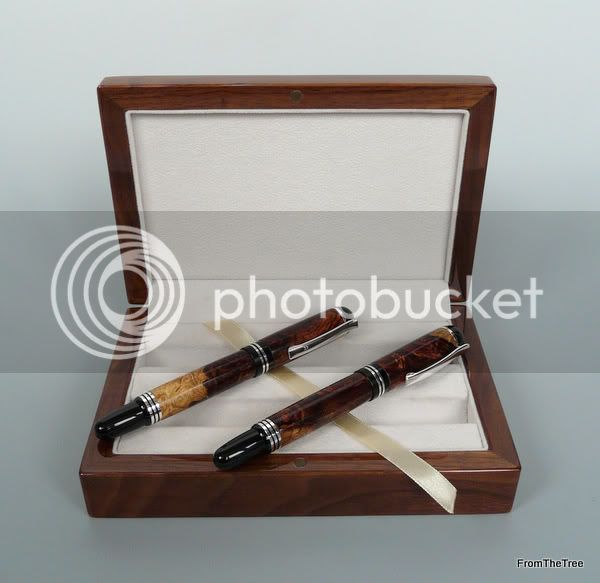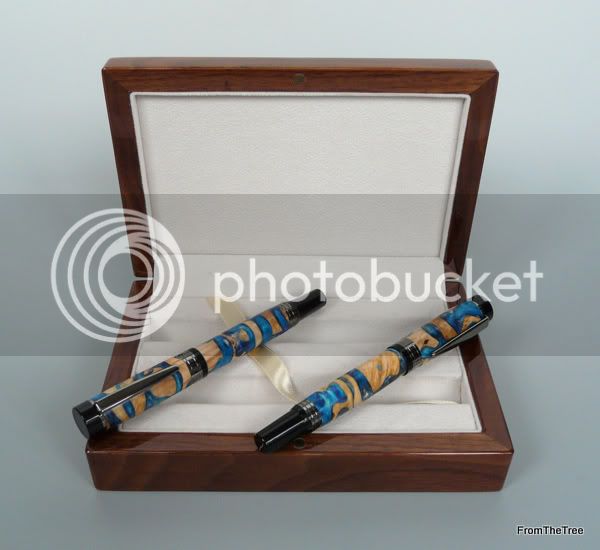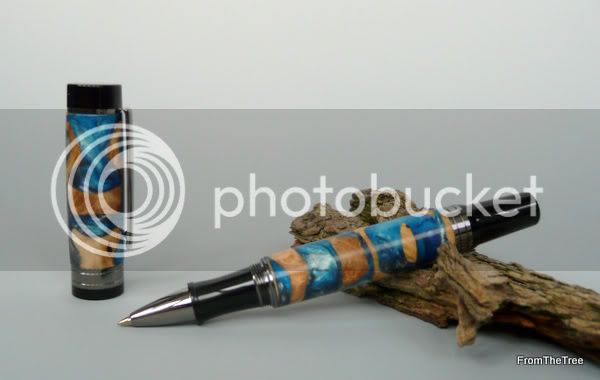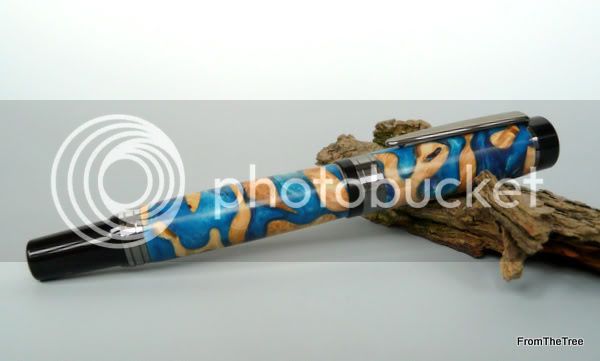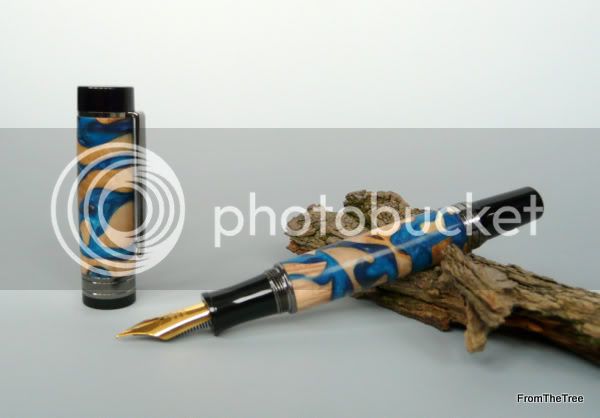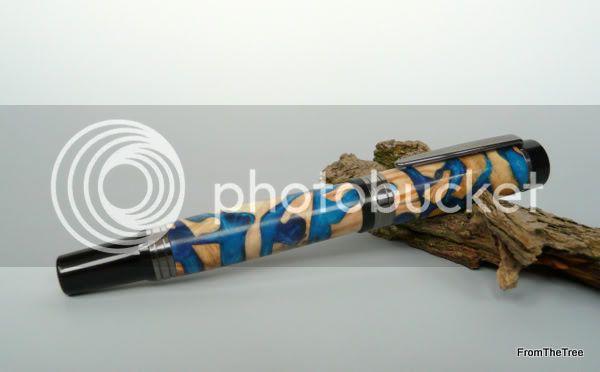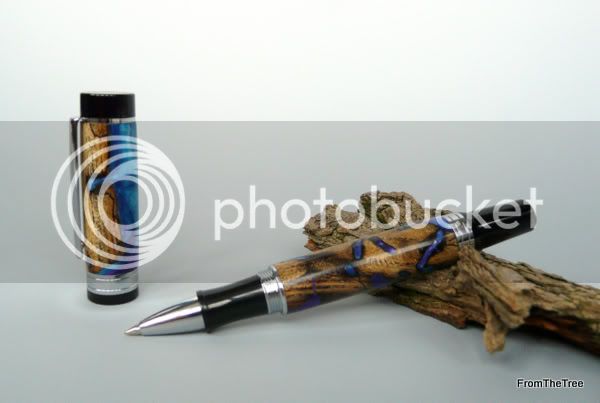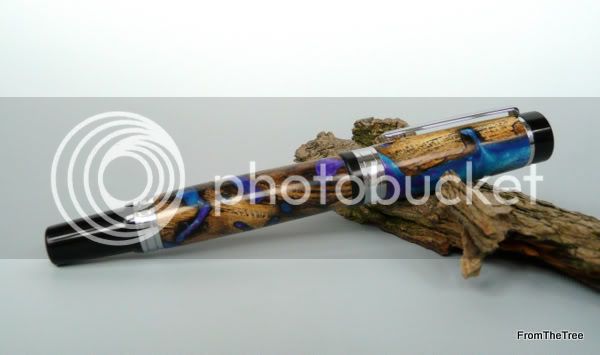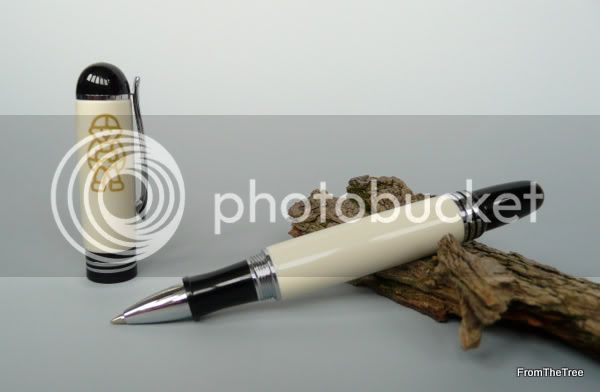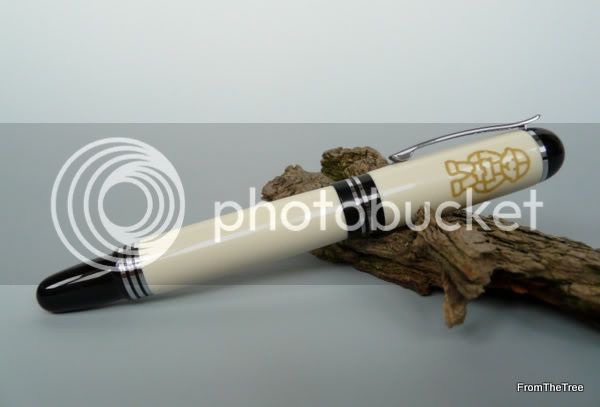The Shark
Established Member
CHJ":2g8ks8t3 said:The 'forms' up to your usual standards George and makes the most of the woods hidden beauty.
The cylinder looks so special as is that I personally would be at a loss to find the courage to dump any of it in shavings, got me pondering 'display' methods for such a piece.
Absolutely agree with Chas on both counts! It seems almost criminal to lose any of the wood on the cylinder, but it must convert into something. Thinking cap time.
Malc



































